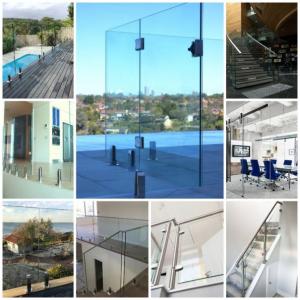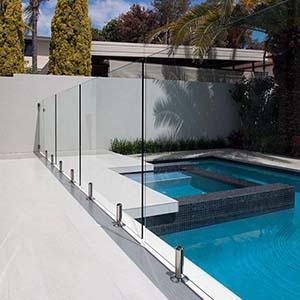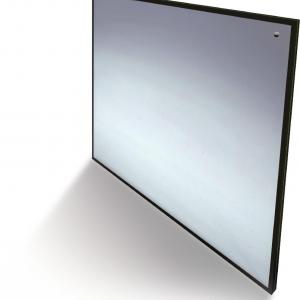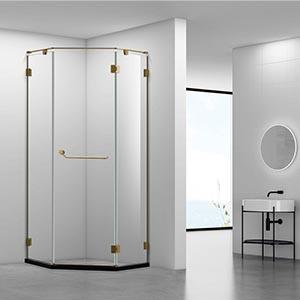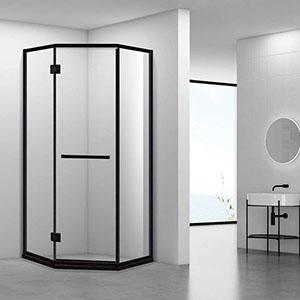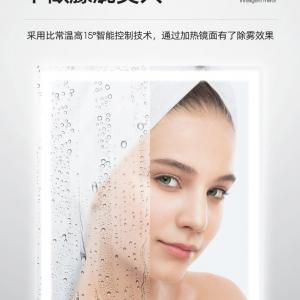Anti-Fog Mirror Buying Pitfalls: Where Do Claims vs. Reality Differ?
Anti-Fog Mirror Buying Pitfalls: Where Do Claims vs. Reality Differ?
Imagine this: You order 50 anti-fog mirrors for a luxury hotel’s bathrooms. The supplier’s website promises “24/7 fog-free performance” and “advanced coating technology that beats steam, humidity, and daily use.” But when the mirrors are installed, guests complain within a week—steam from showers leaves them streaked and foggy by morning. The hotel manager is furious. You’re stuck replacing half the order, eating costs, and apologizing to a client who trusted you to deliver.
If you’ve sourced anti-fog mirrors for commercial projects or export, this scenario isn’t just a nightmare—it’s a common reality. Anti-fog mirrors are a hot commodity, but the gap between marketing claims and real-world performance is wider than most buyers realize. Too many suppliers hide behind vague terms like “premium coating” or “long-lasting formula” while cutting corners that leave you with a product that fails when it matters most.
After working with hundreds of buyers over the years—from hotel chains to home goods retailers—we’ve seen the damage these mismatches cause. That’s why we’re breaking down where anti-fog mirror claims fall short, how to spot red flags, and what to do to avoid costly mistakes. Let’s dive in.
Why Anti-Fog Mirror Claims Often Miss the Mark
Anti-fog mirrors rely on a simple idea: a special coating (or sometimes heating elements) that prevents water vapor from condensing into fog. But here’s the catch: not all anti-fog technologies are created equal. The gap between “claims” and “reality” usually boils down to three things:
- Coating thickness: Many suppliers skimp on the anti-fog layer to cut costs. A thin coating might work for a week in a dry room, but in a steamy bathroom—where mirrors matter most—it wears off fast.
- Testing conditions: A supplier’s “lab-tested” claim might mean testing in a controlled room with minimal humidity, not the real-world chaos of a busy hotel or family bathroom.
- Overselling limitations: No anti-fog mirror is completely fog-proof forever. But too many suppliers omit this, leading buyers to expect the impossible.
We once worked with a client who bought anti-fog mirrors advertised as “perfect for saunas.” Spoiler: They fogged up in 10 minutes. The supplier blamed “misuse,” but the real issue? Their coating wasn’t designed to handle high heat—they just wanted the sale.
4 Common Anti-Fog Mirror Claims to Question
Not all marketing is misleading, but these buzzwords should make you pause. Here’s what they really mean:
- “Permanent anti-fog coating”: Nothing is permanent. Even the best coatings wear down over time, especially with harsh cleaners or frequent wiping. A honest supplier will tell you the coating lasts 12–24 months with proper care—not “forever.”
- “Works in all humidity”: A mirror that handles a home shower’s steam might fail in a commercial kitchen, where humidity spikes to 90% daily. Always ask for specific humidity range testing data.
- “No need for cleaning”: Anti-fog coatings attract soap scum and water spots just like regular mirrors. If a supplier says “no cleaning required,” they’re ignoring basic physics.
- “Cheaper than competitors, same quality”: Anti-fog coatings (especially silica-based or hydrophilic formulas) aren’t cheap to apply. A price that’s 30% lower than the market average usually means a thinner coating or lower-grade materials.
How to Test Anti-Fog Performance Before You Buy
Don’t trust the sales pitch—test it yourself. These quick, low-effort checks will save you from bad orders:
1. The Hot Water Test
Fill a bowl with boiling water and hold it 6 inches from the mirror for 2 minutes. A quality anti-fog mirror will stay clear or fog slightly but clear up within 30 seconds. A poor one? It’ll fog heavily and stay that way, with streaks when wiped.
Pro tip: Repeat the test 5 times in a row. This mimics daily use—good coatings hold up; weak ones start failing by the third round.
2. Check the Coating Thickness
Ask the supplier for the coating’s thickness (measured in microns). Most reliable anti-fog coatings are 5–8 microns thick. Anything below 3 microns is a red flag—it’ll wear off fast. If they can’t provide this number, walk away.
3. Test with Soap and Water
Wipe the mirror with a mild soap solution (like dish soap) and let it dry. Soap residue can break down weak coatings. If the mirror starts fogging more easily after this, the coating is low-quality.
4. Ask for Real-World Feedback
A good supplier will share references from clients in your industry. Call them and ask: “How long did the anti-fog effect last? Did it hold up in busy bathrooms?” Retailers and hoteliers are usually happy to share horror stories (or success stories).
How to Choose a Supplier Who Delivers on Anti-Fog Promises
The best way to avoid pitfalls? Partner with suppliers who are transparent about their product’s limits. Here’s what to look for:
- They share testing data upfront, not just marketing slogans.
- They explain how their coating works (e.g., “Our hydrophilic coating attracts water molecules to form a thin, clear layer instead of fog”).
- They offer a warranty that covers fogging issues (most reputable ones give 12–18 months).
- They don’t oversell—they’ll say, “This mirror works best in home bathrooms; for saunas, we recommend our heated anti-fog model instead.”
Your Turn: What’s Your Anti-Fog Mirror Horror Story?
We’ve shared the red flags and tests, but we want to hear from you. Have you bought anti-fog mirrors that failed spectacularly? Did a supplier’s “guarantee” turn out to be worthless? Or maybe you’ve found a testing trick that works better than ours?
Drop a comment below—your experience might save another buyer from making the same mistake. And if you’re tired of sifting through empty claims to find reliable anti-fog mirrors, let’s talk. At Hiking Glass & Mirror, we test every batch like it’s going into our own homes—because your reputation matters as much as ours.
 English
English Russian
Russian